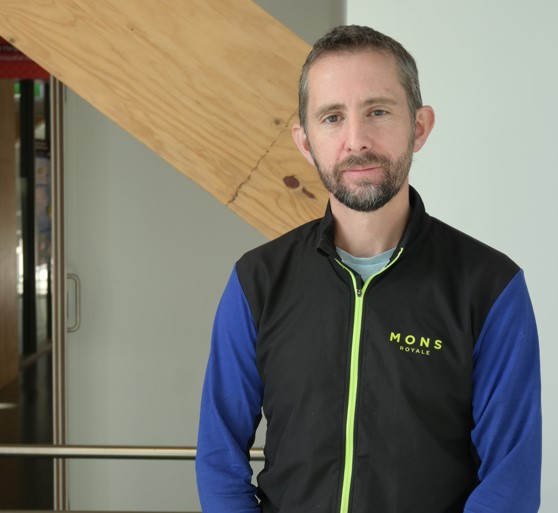
GRI PhD Candidate, David Pedley invited to present at upcoming ForestSAT conference
David Pedley will be presenting “Detecting and measuring urban tree canopy loss at the property scale with remote sensing data” at upcoming ForestSAT conference in

David Pedley will be presenting “Detecting and measuring urban tree canopy loss at the property scale with remote sensing data” at upcoming ForestSAT conference in
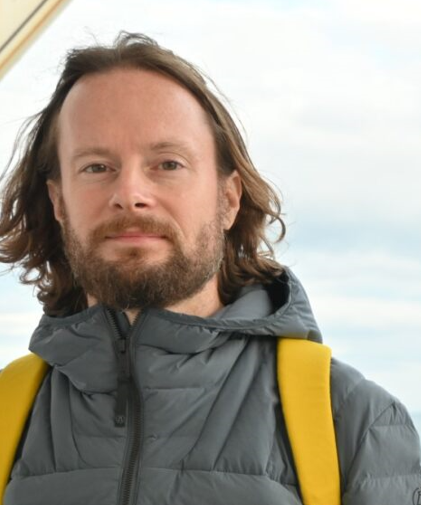
The GRI Director, Professor Matthew Wilson, has been awarded funding from an EQC Biennial grant. The project called “virtually flooded” has been developed in partnership with
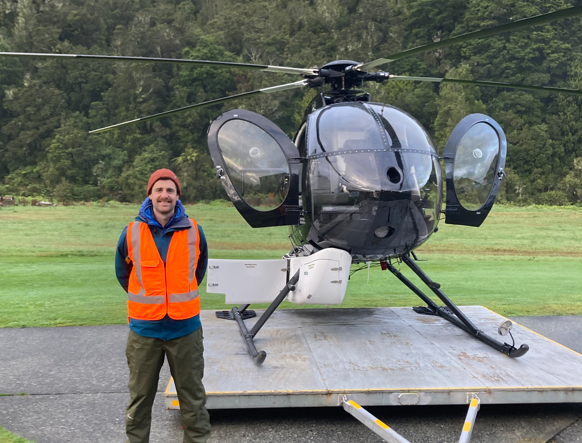
GRI has a visiting PhD student from Exeter University in the UK. Joe Lillis has been working on a thesis that aims to map how
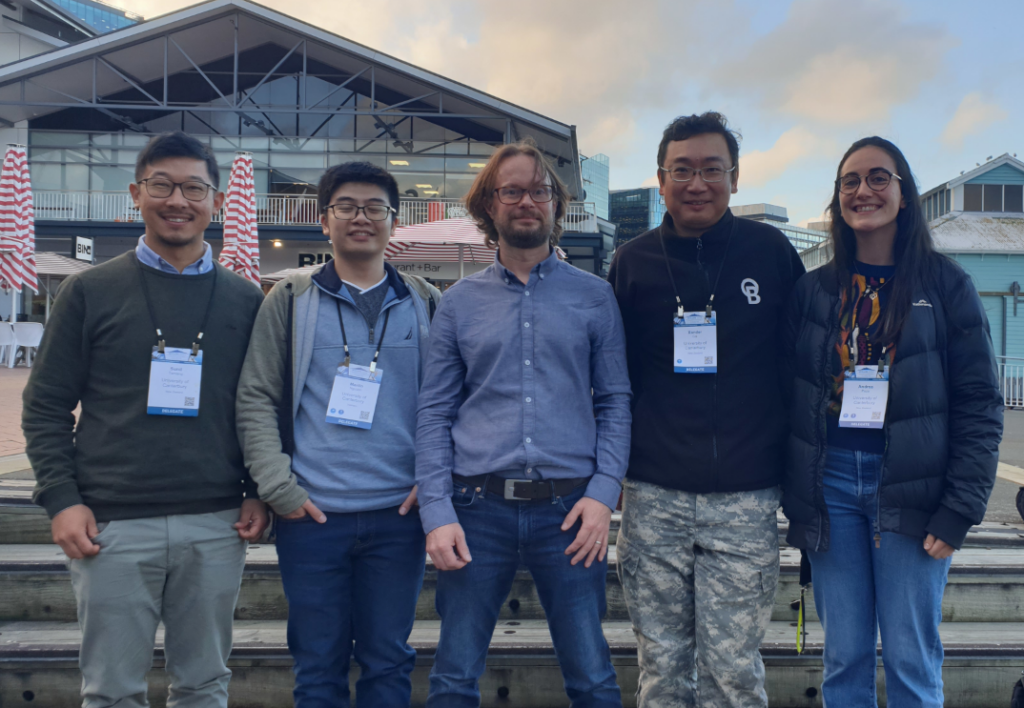
The GRI was well represented at the MIGARS conference (International Conference on Machine Intelligence for Geoanalytics and Remote Sensing ) in Wellington this week. Congrats
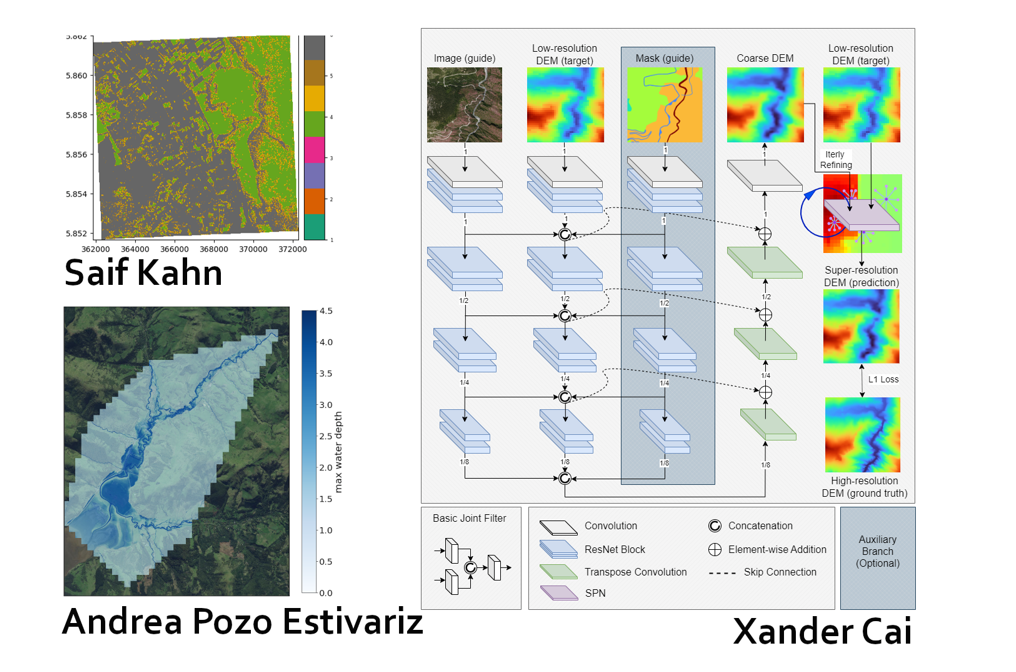
Thrilling work in machine learning developed in the GRI is going to be presented in the forthcoming 2024 MIGARs International Conference on Machine Intelligence for

A recent international study led by Dr Matthew Hobbs, Senior Lecturer and Co-Director of the GeoHealth Laboratory in the Geospatial Research Institute at Te Whare
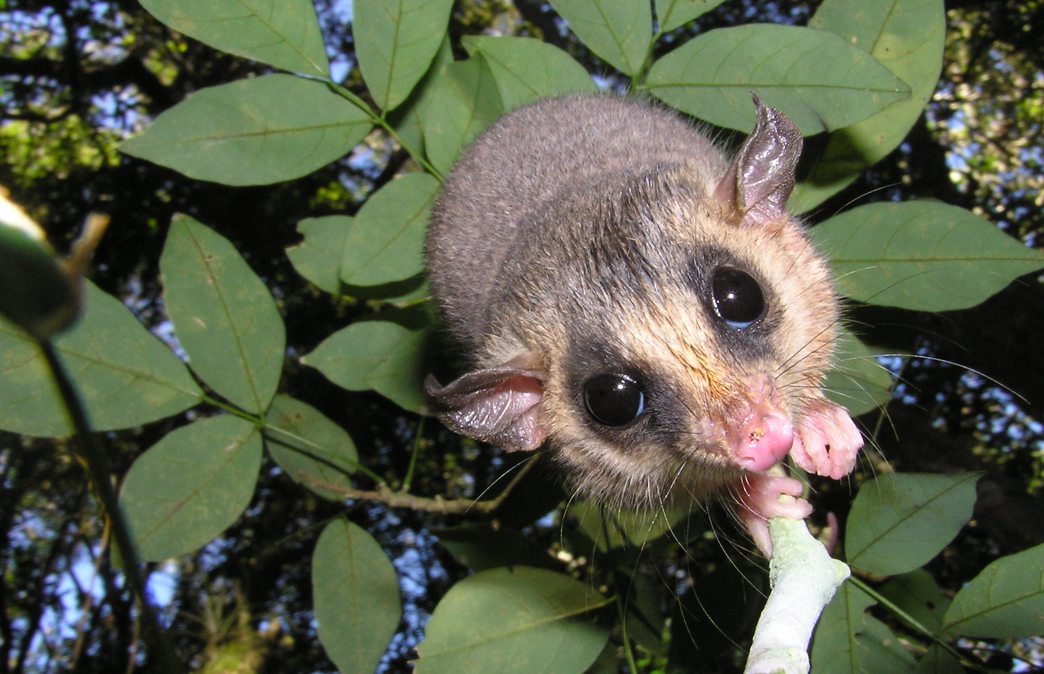
In this seminar, Dr Cristina Banks-Leite will talk about ecological thresholds as a was to estimate the minimum amount of habitat required to preserve biodiversity, and how the position of thresholds changes across biomes world-wide.
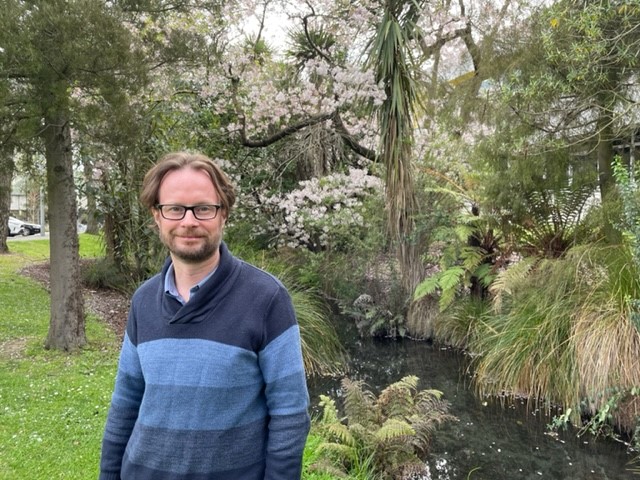
Te Whare Wānanga of Waitaha | University of Canterbury (UC) academics have been awarded two of four inaugural IIT-Delhi India-New Zealand Centre Fellowships. For

In this seminar, Dr Graeme Woodward will be introducing some of the work at UC’s Wireless Research Centre.
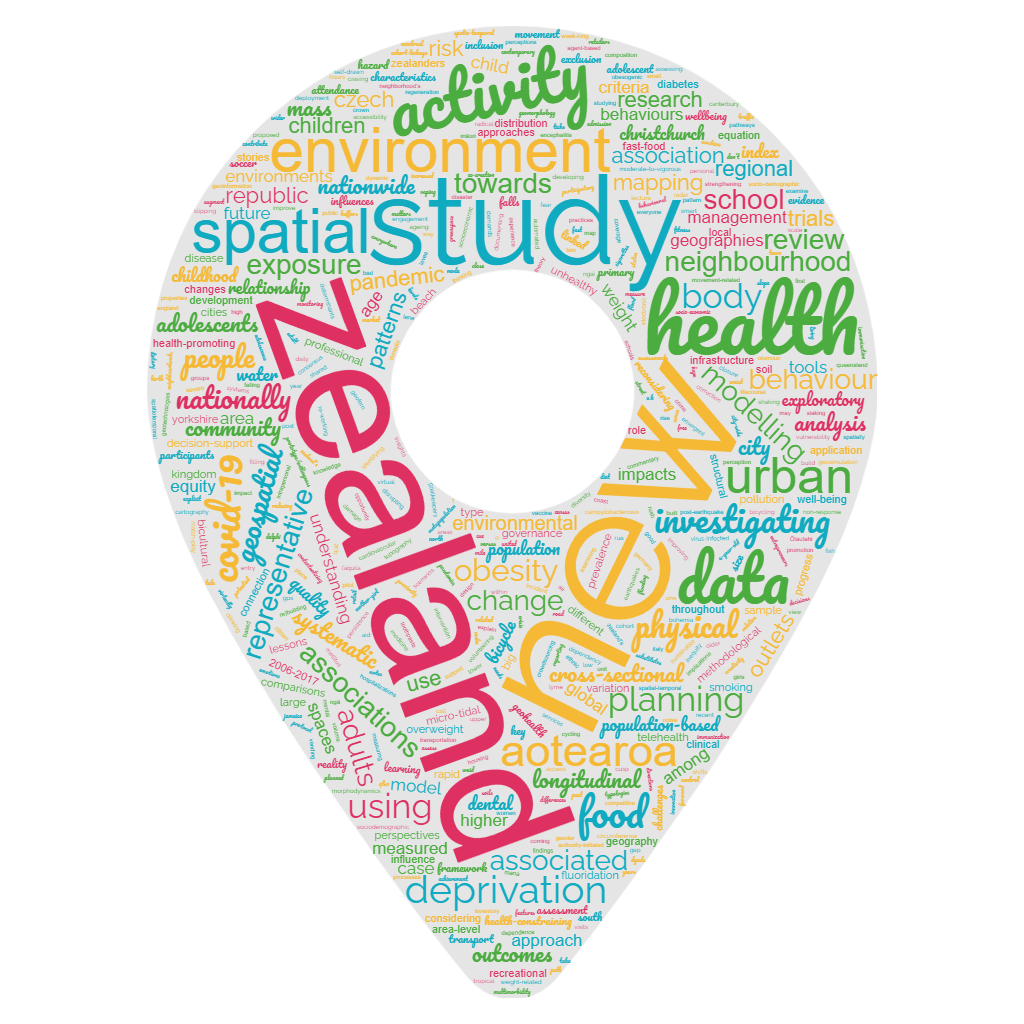
Curious what the Geospatial Research Institute is writing about? Here’s a word cloud based on 104 published journal titles.
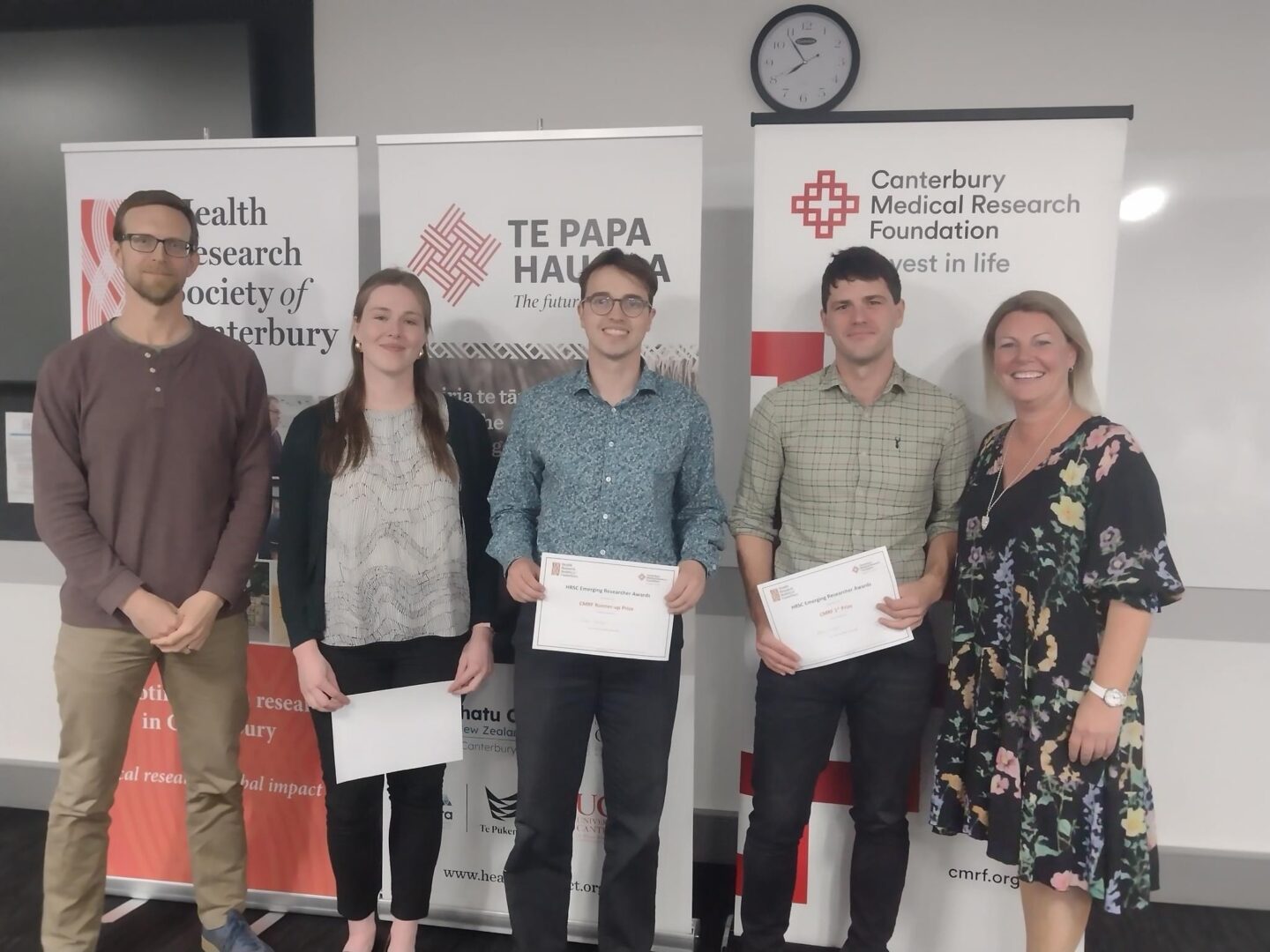
On Thursday 26th October, Te Papa Hauora hosted the Health Research Society of Canterbury’s 2023 Emerging Researcher Awards Evening. Andrew Kindom was awarded with the
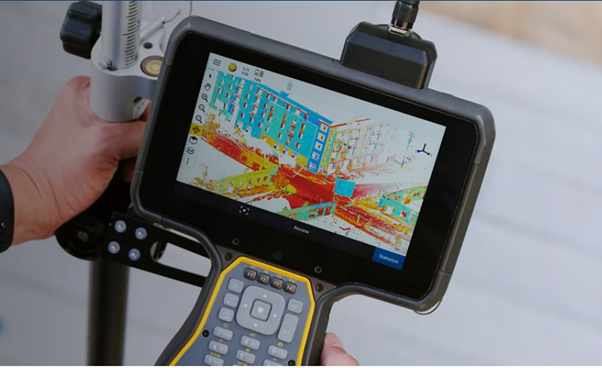
In this seminar, Peter Shaw will be giving an overview of areas of interest at Trimble, particularly, their ongoing pursuit of increased accuracy, reliability, and efficiency in positioning techniques (including mitigation against space weather/ionospheric effects) and the application of AI to Geospatial problems.